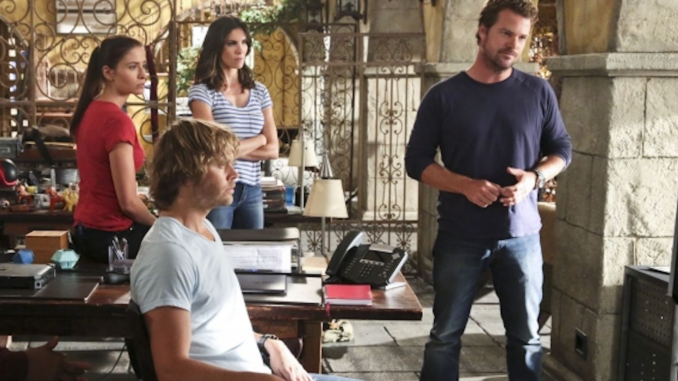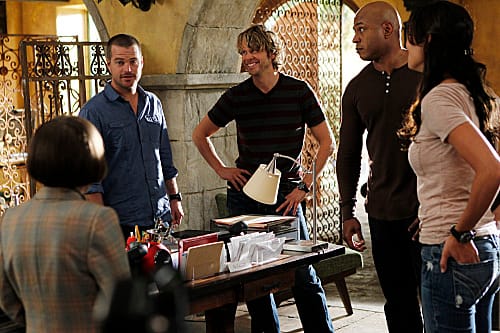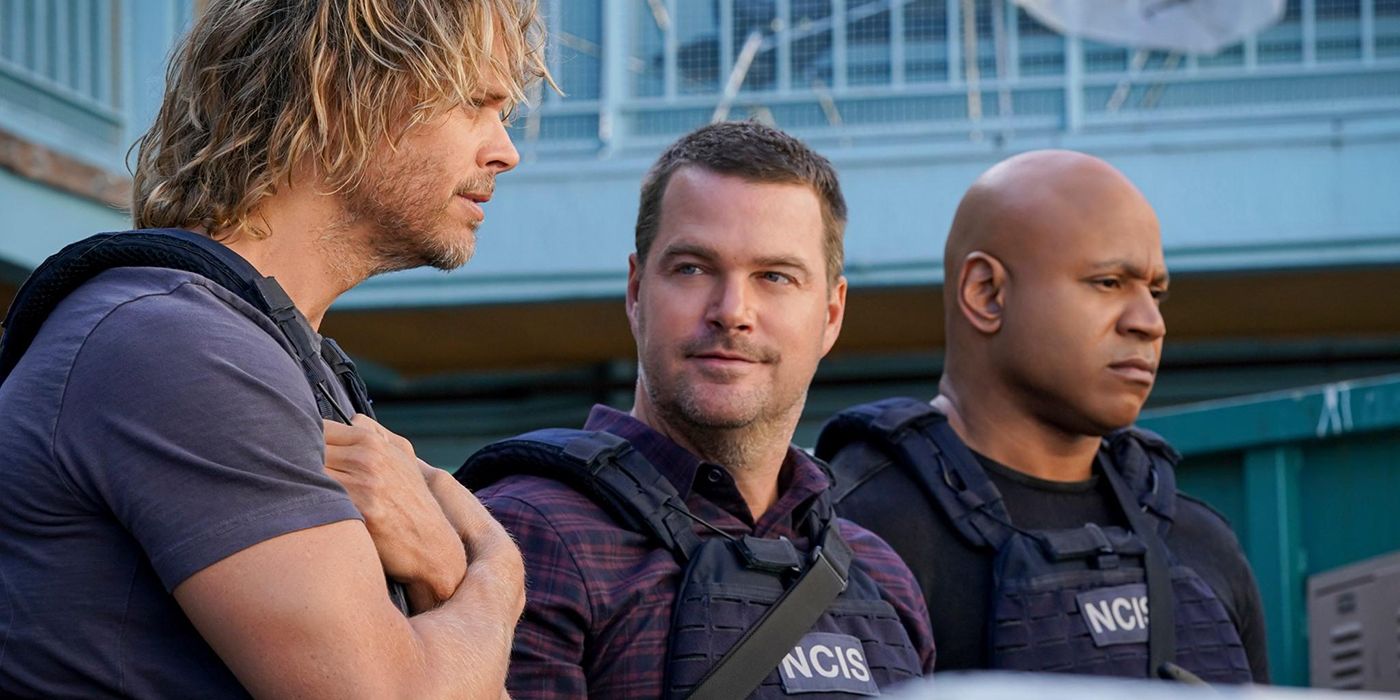
As NCIS: Los Angeles nears its series finale, it’s a great time to reflect on what made the series such a wildly successful and impactful spin-off from NCIS. NCIS: LA is one of many shows in the larger NCIS universe, alongside other editions like NCIS: New Orleans and NCIS: Hawai’i. Even the NCIS franchise as a whole had spun off from the JAG series. However, among this extended library of series, NCIS: LA stands out as perhaps the most definitive version of the franchise, even surpassing the original in many cases.
Compared to the breadth of other police procedurals, NCIS: LA made a name for itself as one of the most exciting and engaging shows on television thanks to its dynamic cast, improvements on the series formula, and masterful integration of the City of Los Angeles in every facet of the series. The series understood that fans didn’t just want a duplicate of the original but in a new setting, but instead immersed the entire NCIS into the immersive, sunlit skies of Los Angeles.
The City of Los Angeles Is a Character
Perhaps the most vital ingredient to NCIS: Los Angeles‘s success is its immersion of the setting of Southern California into as many facets of the show as possible. Most spin-offs, by their very nature, take place in a different location than the original; in this case, the original NCIS was headquartered in Washington D.C., while this version is based in sunny Los Angeles. It would be enough to simply set the series in LA, add some palm trees in the background of shots, and call it a day. Many shows have proven that a setting can be non-specific without detracting from the series overall. However, NCIS: Los Angeles takes a page from Sex and the City by thoroughly immersing the audience in Los Angeles, effectively making the city an important character and cog in making the series run.
From every wide shot to most locations the series visits, there’s a distinct LA vibe that anyone from SoCal would be quick to latch onto. Even though they’re government special agents, the team isn’t stationed in a bland office building — they’re based out of a gorgeous Spanish-style mission that has been outfitted with all their tech and equipment. The yellow and red tones of the building are illuminated by sunlit windows, painting scenes with an overarching blanket of warmth. Does this team question their suspects in a medical white interrogation room? No, instead they interrogate them in a boathouse right on the sunny shores of the Pacific. The team of special agents gets access to equipment, but instead of the standard issue black SUV’s, they have a garage of sports cars and other exciting models. And when a team member brings drinks for the rest of the squad, she sometimes brings boba, a popular Asian beverage that is significantly popular in Southern California. The glitz, glam, and culture of Los Angeles permeate every visual facet of the show, from the set pieces to the prop work and even to the characters.
The Characters of ‘NCIS: Los Angeles’ Give the Show Its Charm
The immersive setting of the show is not the only part of the series than received a Hollywood makeover. A major part of the charm in NCIS is the team of special agents that foil the plans of week-to-week criminals, so the foundation of the series rests on the shoulders of these agents and their interactions with each other. In ensembles such as these, there are some general archetypes that make for compelling and engaging interactions. Though NCIS set the precedent for these positions, their counterparts in Los Angeles add characterization that feels distinctly Californian.
Building off the legacy of the grizzled leadership of Jethro Gibbs, G. Callen (Chris O’Donnell) adds a level of complexity due to his mysterious past involving an orphaned childhood, special training, and years of undercover work. He’s a younger on-field leader than Gibbs, making him closer to an older brother figure than a mentor to the rest of his team to create a more casual dynamic among agents. But if that’s not enough swagger for you, look no further than his partner Sam Hanna, played by the magnetic LL Cool J. Hanna and G. form a duo that carries themselves with such distinct confidence and swagger that truly lives up to the action-packed world of NCIS.
The other main pair of the show include Marty Deeks (Eric Christian Olsen) and Kensi Blye (Daniela Ruah). Deeks’ character spent most of his time on the show as an LAPD liaison to the NCIS team, not even becoming an official NCIS agent until several seasons later. His addition to the series in the second season truly cemented the LA flavor that the series was establishing. With shaggy, blonde surfer hair and wisecracking that reminds viewers of Dinnozzo (from the D.C. office), his laid-back demeanor is the perfect encapsulation of a true Angeleno. The rest of the extended cast brings something definitively Californian to the table as well. Eric Beale (Barrett Foa) served as the team’s tech operator whose storyline reflected the real-life tech boom, as he would later leave the team to become a tech mogul with his own business. Fatima Namazi (Medalion Rahimi) became the first hijab-wearing member of the team, representing the exceptional diversity of cultures and backgrounds in a city as metropolitan as LA.
It’s not just the individual California traits of each character that makes NCIS: Los Angeles so special. Nor is it just the success of the tried and true series ethos of NCIS. It’s the thorough combination of thrilling and action-packed episodes and a strong cast camaraderie that, when truly integrated into their setting, make for such an excellent show. NCIS: Los Angeles took the blueprint from its original show, integrated the culture and energy of Los Angeles, and became one of the best and most popular shows on television. That perfect pairing of a California attitude with NCIS levels of action and thrill made the series so unique and memorable that it became the gold standard for not just NCIS spin-offs, but for all other police procedural series.


